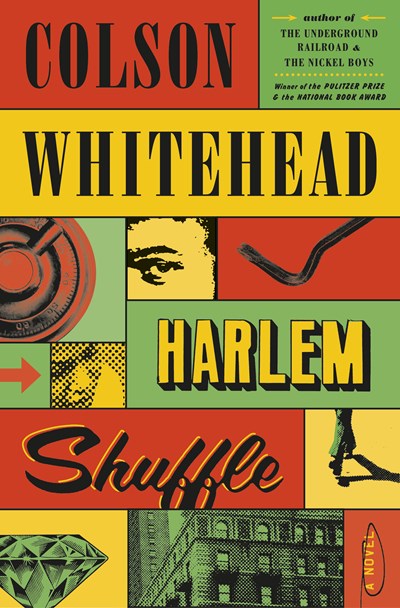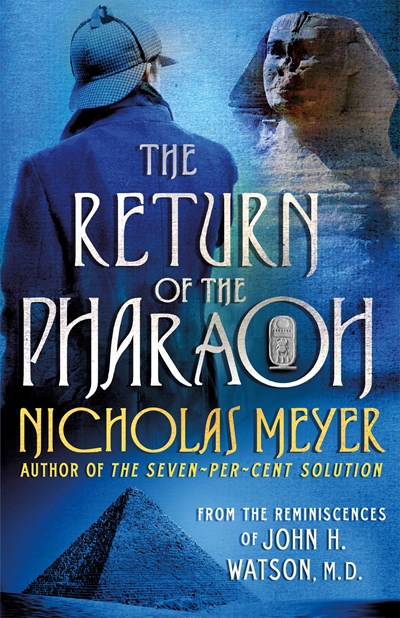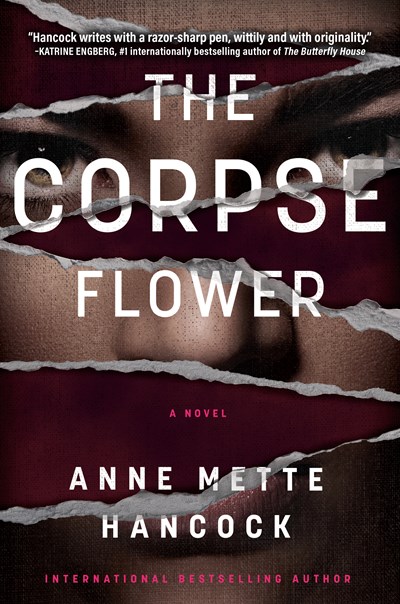Journalist Sofie Morse is puzzled when U.S. First Lady Lara Caine, who at first appears to resemble Melania Trump—Eastern-European former model, cold demeanor, revolting husband—asks Sofie to write her biography. Sofie grows more bemused when interviews for the book reveal intimate details of Lara’s shocking history, a backstory that the president’s devotees won’t like at all. The tale woven by the First Lady is both a romance and a political drama that takes readers from Moscow to Paris and then New York, as Lara grows from dutiful Russian child to rebellious teenager, becoming forever changed by powerful love with a Soviet resistor while the regime he loathes crumbles. In the present day, Sofie and her husband are dragged into peril themselves as the interviews play out, with Lara’s family in the past and Sofie’s in the present embodying Churchill’s description of Russia as “a riddle, wrapped in a mystery, inside an enigma.” After Pitoniak’s (Necessary People, 2019) absorbing, immersive thriller, readers who enjoyed the romantic side of the work should try Paullina Simons’s The Girl in Times Square, while those who liked the dysfunctional Russian family aspect should be steered toward Zhanna Slor’s At the End of the World, Turn Left.
Henrietta Thornton
With two Pulitzer prizes for fiction under his belt, it’s not surprising when Colson Whitehead writes a character for the ages, but beleaguered everyman Ray Carney is a standout even for Whitehead. “Living taught you that you didn’t have to live the way you’d been taught to live,” says Carney, a young Black man who’s barely making ends meet in his Harlem furniture store while dreaming of more. The pressure’s on, too: his parents-in-law think their daughter could have done better, and Carney longs to be admitted to his father in law’s “paper-bag club,” but with skin darker than said brown bag, he’s not allowed. Loyalty to his own family leads Ray to help his cousin Freddy; always sketchy, Freddy convinces Carney to help him in a can’t-go-wrong robbery scheme that, yes, goes wrong, starting Carney on a heartbreaking trajectory. This character’s relentless efforts to make good in a world that expects and revels in his failure will remind readers of Jean Valjean in Les Miserables. Shadowing Colson’s terrific crime tale are the final throes of Jim Crow and the claw-your-way-up culture of early 1960s Harlem, but most of all, Carney will grab readers’ hearts and stay with them.
It’s controversial, but I often enjoy reincarnations of classics more than the originals. For example, Sophie Hannah’s Agatha Christie novels feature the same kinds of characters and plots as the originals but leave out the originals’ antisemitism. Arthur Conan Doyle’s works are less cruel than Christie’s, but they’re still steeped in an English class system that, at best, dismisses women and anyone not white. Nicholas Meyer’s revival, à la Hannah’s Poirot, features the best of the old and makes the stories kinder, yet still imparts the flavor of the beloved detective and his admiring sidekick. In this tale, which follows Meyer’s The Adventure of the Peculiar Protocols, Watson again narrates, taking readers to Egypt, where his wife is recovering from TB while the intrepid detectives seek the Duke of Uxbridge, who has gone missing while seeking a pharaoh’s gold. Meyer explores the politics of Egyptology and of nineteenth-century Egypt, where local, Ottoman, and British interests met and clashed, while serving the expected crackling mystery and haughty characters waiting to be brought down. A must for fans of the series and of thoughtful historical fiction.
Although I’m on a break from Scandinavian authors, I tried Hancock’s debut anyway, attracted by the no-girl-in-the-title title and the promise of a journalist sleuth. It was the right decision, as the violent rage that seeps out of Stieg Larsson’s work and its ilk is here mostly transformed into determination with dashes of scathing honesty, friendship, and love. The misogyny is tempered too: the woman journalist who’s investigating a murderer in parallel with the police is middle-aged (refreshing!), sometimes weary, but realistically tough when it counts. The target of her investigation is also refreshing: a woman on the run for the murder she committed years before of a wealthy young man who, as far as investigators can tell, was a stranger to her. Letters from the fugitive mention a rare flower that smells like death; how this connects to her crime and why she’s remorseless are revealed in an understated way that stops short of the bleakness we’ve come to expect from Scandinavian works. Sure to leave readers wanting more from Hancock.




